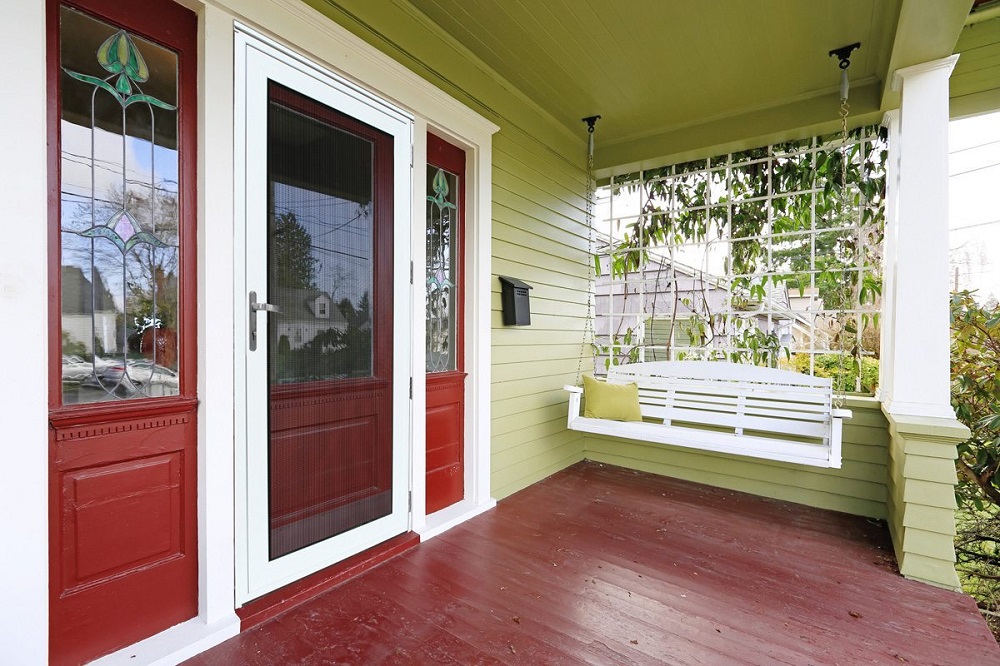We all know there are some home repairs that you should not and must never do on your own. More complicated fixes are best left to a professional home repairs service in order to ensure the work is done correctly and you don’t make a bad problem worse and possibly sustain injury.

But that doesn’t mean you can’t take the initiative when something breaks down or needs to be fixed. There are many home improvement projects you can do all on your own. In fact, there are five in particular that you should know how to do all by yourself. Some of these come with some pretty simple home repair hacks, others might require a little bit more patience and elbow grease.
1. Replacing a Light Switch
It may look intimidating, after all you’re about fiddle with your home’s electrical system! Relax, it’s not as scary as all that. If you’ve got a light that won’t light (and you’ve already tried to fix it by replacing the bulb), you may have a bad switch.
All you need to do is turn the power off to the room where the switch is located. Remove the switch face plate, find the two copper wires that are connected to switch that isn’t working. Screw the new switch to the wires and replace the face plate. Easy.
2. Unclogging a Garbage Disposal
First disable the power to the unit. Grab an Allen wrench and apply it underneath the disposal, twisting it to and fro to see if there is something stuck in there. Next, check to see if there is any detritus or other items that are keeping the disposal from working properly. Don’t use your hand, use a wooden spoon or some other long tool. If you do find something in there, retrieve it (again, not using your hand). That should solve the problem!
3. Unclogging a Sink Drain
Sometimes Liquid Plumber won’t get the job done, you have to go in there and take care of the problem yourself. Whatever is wedged in there is likely stuck in the P-trap (that U-shaped portion of the pipe under the sink). In some cases, a plunger will unseat the clog and you’re done. But if that’s not doing the trick, you will need to remove the P-trap and clear it out manually.
4. Grouting Tile
The mixing part is almost as easy as the application part. Once you’ve got your grout mixed into a creamy texture and consistency, place big lumps of the stuff over the tile with a spreader or spatula. Use long upwards diagonal movements to spread it out. Be sure you get it secured into all seams and joints. Once it starts to harden, you can shape it how you want and don’t leave any holes or gaps. Apply a sealer over the grout after it’s firmed up.
5. Spackling a Hole
Similar to applying grout as you’re dealing with a sticky, gooey substance. Spackle is meant to smooth over small holes and cracks in walls. Using a putty knife or spreader, apply a small size of the spackle on to the damaged area, filling it entirely. When you’re finished, smooth it out like you’re icing a cake. Repaint the area and the wall is good as new!





Leave a Reply
You must be logged in to post a comment.